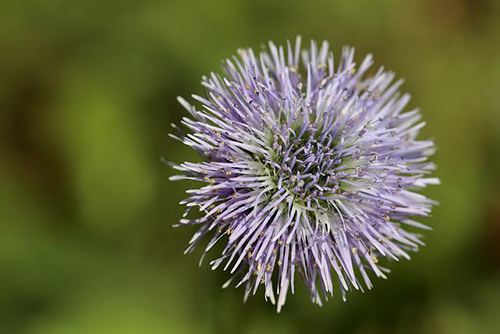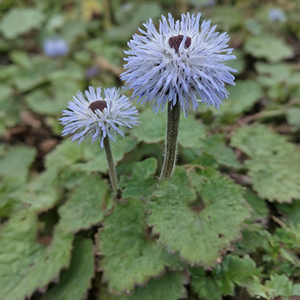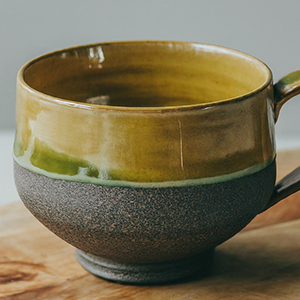Contents
The globe flower plant was known as the “terrible plant” during ancient classical times since it was frequently mistaken for tinnevelly senna, which has powerful laxative properties. We know its effects are less intense than those of tinnevelly senna, though the globe flower is still used as a laxative.

Healing Properties
The entire plant contains a glycoside, globularin, which has purgative properties. It also includes heterosides, tannins, resin, and vitamin C. Besides its purgative, active properties, it has cholagogue (promotes emptying the gall bladder), sudorific, and mildly stimulant properties.
Warning
Never exceed the recommended doses since it can produce vomiting and severe diarrhea.
Lesser Globularia

In the botanical gender Globularia, another species similar to this plant is Globularia alypum L., sometimes called lesser globularia. Globularia alypum, like the Vulgaris species, has blue flowers, though its leaves are smaller and grow along the stem. The medicinal properties of both plants are practically the same.
Globe Flower Plant Scientific Facts

- Scientific Name – Globularia Vulgaris L.
- Other Names – Golobularia, orange crest globe flower, Chinese globe flower, charming European globe flower.
- French – Globulaire.
- Spanish – Globularia.
- Environment – Central and southern Europe, spread and calcareous, dry, sunny soils.
- Description—This vibrant plant of the Globulariaceae family grows from 15 to 20 cm high. It has oval leaves growing in a basal rose and bright yellow flowers.
- Parts of the plant used medicinally – The leaves.
How to use Globe Flower
- Decoction with 40 to 50 grams of leaves per liter of water, boiling for 15 minutes. Drink a cup at night before bed and another on an empty stomach in the morning.
DISCLAIMER: All content on this website is presented solely for educational and informational objectives. Do not rely on the information provided as a replacement for advice, diagnosis, or treatment from a qualified medical expert. If you are pregnant, nursing, or have any preexisting medical concerns, talk to your doctor before using any herbal or natural medicines.
REFERENCES
George D. Pamplona-Roger, M.D. “Encyclopedia of Medicinal Plants.” George D. Pamplona-Roger, M.D. Encyclopedia of Medicinal Plants. Ed. Francesc X. Gelabert. vols. 2 San Fernando de Henares: Editorial Safeliz, 2000. 503. Print.
